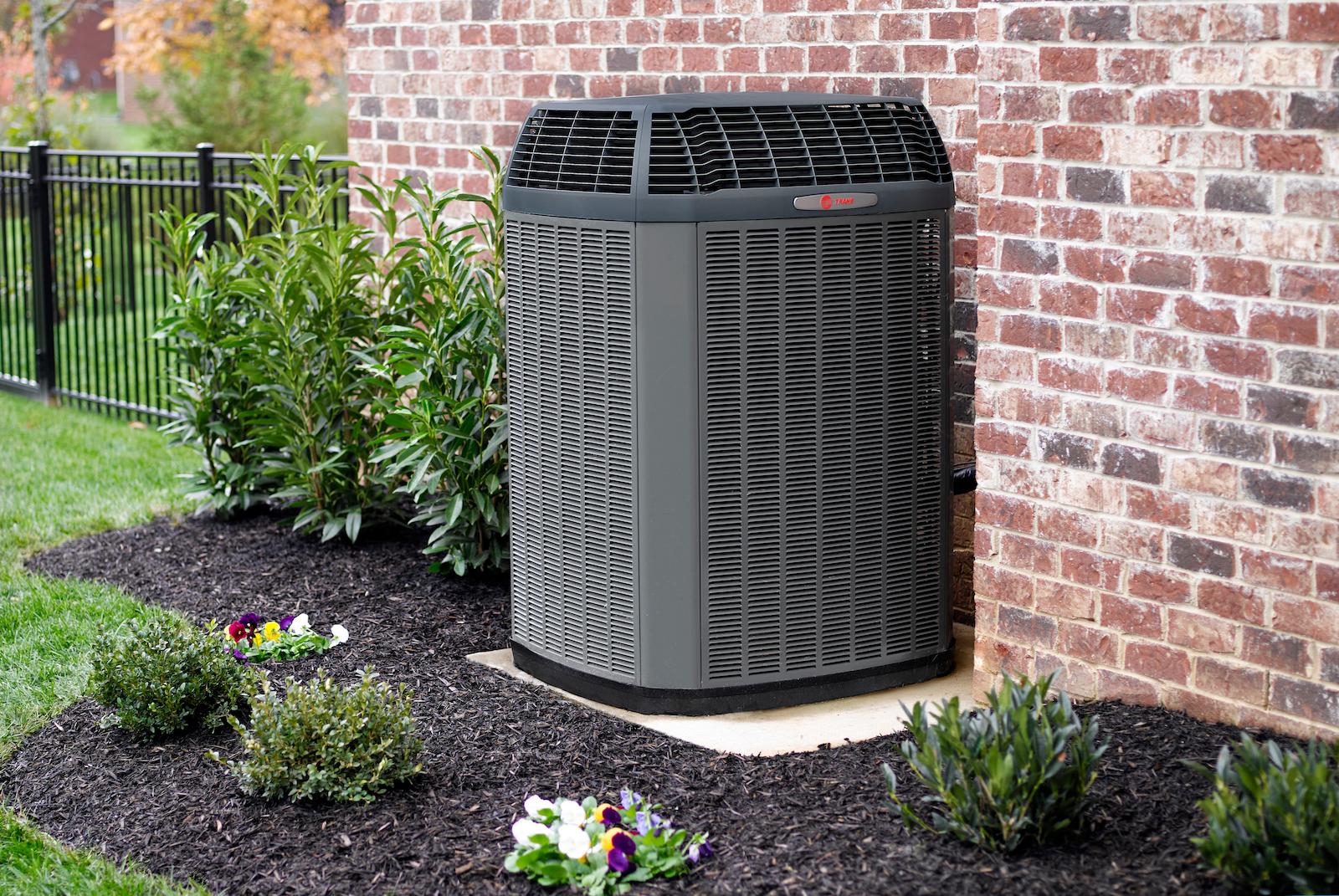How Do HVAC Systems Work?
Heating, ventilation, and air conditioning (HVAC) are familiar terms, but understanding the systems and how they work together is a little more complicated. We’ll help demystify the technologies and discuss which systems are most common in specific climates.
If you’ve ever wondered about how HVAC systems work, and how they maintain temperature settings and balance humidity, you’ve come to the right place. There are, literally, many moving parts that work to warm you in winter and cool you in summer. Breaking down the different types of HVAC systems and their parts can help you understand how to create the perfect temperature solution for your home.
How HVAC Systems Work: The Fundamentals
The primary function of your HVAC system is to move warm and cold air through your home’s ductwork or through an indoor unit in a ductless system. Your HVAC is more than a single unit — it’s a system made up of multiple units and parts on the inside and outside of your home that works together to meet your temperature, comfort and air quality needs all year long.
Explore how HVAC systems work with an overview of the main components that make up a complete system.
Thermostat
A programmable thermostat regulates your home temperature and activates the rest of the HVAC system when the temperature inside falls above or below your set point. This is the portion of your HVAC system you will interact with most, so it’s usually installed on easily-accessed walls. Your thermostat can even be programmed to keep your home at a specific temperature.
Furnace
A furnace is an individual HVAC unit that has a blower and heat exchanger. This is located in a home in areas such as a garage, utility closet, attic, basement, or crawlspace. The furnace is designed to heat your home using a fossil fuel source like propane or natural gas. After the furnace heat exchangers generate heat, the blower will distribute this warm air through different portions of your home through the duct system ductwork.
Air Conditioner
An air conditioner is most often referenced as the unit that sits outside. An air conditioner's main function is to remove heat from within the home. It does this by using refrigerant that circulates between the indoor and outdoor coils to absorb heat from the indoor coil, transfer heat through the line sets and reject heat from the outdoor coil to the outdoor air.
Heat Pump
A heat pump is a third individual HVAC unit that can both heat and cool your home. A heat pump uses the same mechanism as an air conditioner to cool your home, then when it’s time to heat, a reversing valve will switch the direction of refrigerant flow to heat the home. When a heat pump is cooling, it’s transporting heat from inside the home, outside. When a heat pump is heating, it’s taking heat from outside and bringing it inside. Like air conditioners, heat pumps use an indoor and outdoor coil to transfer heat.
Air Handler
Air handlers are similar to furnaces but do not burn fossil fuels. The coil that typically sits on top of the furnace is inside the air handler cabinet. The air handler works with the air conditioner or heat pump that is outside to provide cooling and heating for the home. Similar to the furnace, the blower in the air handler will circulate the cool or warm air through the ducting. Air handlers may have supplemental heat strips to provide additional heat alongside heat pump operation.
Air Ducts and Vents
Air ducts, also known as ductwork, and vents transport and deliver hot and cold air from the HVAC units into the rooms throughout your house. They can be found in various places throughout your home and it’s important to not cover or block them.
The Different Types of HVAC Systems
Now that you know a little about the different parts of heating and cooling systems, we’ll discuss the main types of HVAC systems and how they work to give you home comfort when you need it most throughout the seasons.
Different individual units are paired together to create a complete system, with these combinations being among the most popular for homeowners. However, the right complete system for you depends on a variety of factors that your local Trane dealer can help determine.
Air Conditioner (AC) and Furnace
Pairing an air conditioner and furnace creates one of the most common systems, and it’s the one most people are familiar with when they think of HVAC. In this system, the furnace works to heat your home while the air conditioner works to cool it. Your thermostat will send messages to the furnace and air conditioner to deliver heat through the winter season and cooling through the summer season to keep you comfortable.
Furnaces typically use a fossil fuel source to generate heat, then use ductwork to deliver this heat throughout your home based on the thermostat’s setting. When the furnace heat exchanger and blower work together, they circulate the heated air throughout the rooms of your home until the desired temperature is met.
On the other hand, the air conditioner works to cool your home. The outdoor AC unit houses a compressor that pumps refrigerant to an evaporator coil located inside near the furnace. The refrigerant absorbs heat from inside your home, then transports that heat through the outdoor coil, releasing the heat to the outside air to cool your home.
Heat Pump and Air Handler
A heat pump and air handler is another common combination to create a heating and cooling system. A heat pump can both cool your home in the summer and warm your home in the winter. The indoor coil in the air handler works in conjunction with the outdoor unit to absorb heat in the summer or deliver heat in the winter. The blower in the air handler circulates this cool or warm air through the ductwork in the home.
To heat, a heat pump absorbs heat from outside and transfers it to the inside. It’s not generating heat so much as transferring it from one place to another.
How do HVAC Systems Work? An Expert Technician Can Help
If you are curious about home heating and cooling options, your local independent Trane dealer can help you learn more about HVAC systems and help determine which might be a good fit for your unique heating and cooling needs. Technicians can assess your needs, discuss which options are right for you and why, and provide equipment and installation cost estimates. Contact your local Trane dealer today and prepare for more enjoyable home comfort.




